Laparoscopic Surgery is a novel technique for performing abdominal operations using sophisticated camera systems and instruments. The basic idea is to gain access to the abdomen without making a big cut as in conventional abdominal surgery. The technique involves insufflating CO2 gas into the abdomen to create space and then making small 5-10 mm cuts through which the camera and instruments are placed.
The camera system includes a long telescope that captures and transmits the image to the camera processor which in turn relays it to the monitor onto which the image is displayed. The instruments have Long shafts with fine tips to facilitate working from a distance. The surgery is performed by the surgeon and the assistants by viewing the image in real time on the monitor.
Types of Laparoscopy Surgery –
1. Laparoscopic Anti-Reflux Surgery
GERD stands for gastroesophageal reflux disease. It is caused as a result of reflux of acid produced in the stomach into the food pipe through a defective valve. The diagnosis is suspected by the clinical history and confirmed by doing an upper GI endoscopy. This would show the presence of a lax sphincter at the GE junction with or without a hiatal hernia.
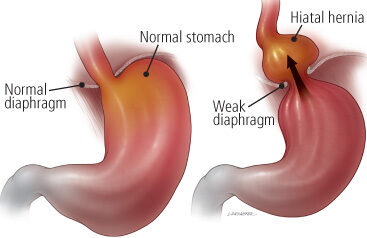
2. Laparoscopic Cholecystectomy
The gall bladder is a small hollow pear-shaped organ located inside the abdomen under the liver which is responsible for the storage of bile. Patients can be asymptomatic or have severe symptoms. Usually, they have complaints of heaviness after meals, nausea, gas bloat, and pain in the upper abdomen. Sometimes, the pain can be very severe and is located in the right upper abdomen and goes to the back or shoulder. There can associate with vomiting and fever. In complicated cases, the stone can slip and block the common bile duct which will result in jaundice. The internationally accepted treatment for gallbladder stones is by surgical removal of the gallbladder together with the stones. The current recommendation is to do this operation laparoscopically.
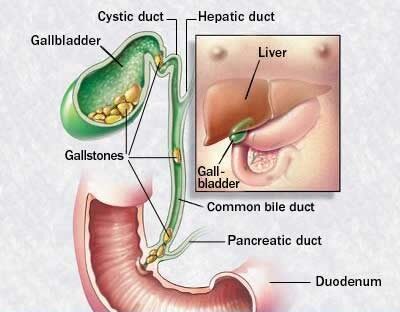
3. Diagnostic Laparoscopy
Diagnostic laparoscopy is basically a test to find out the cause for complaints related to the abdomen for which other tests have failed to conclude anything. It is indicated in patients with suspected appendicitis, chronic lower abdominal pain, adhesive colic, peritonitis, blunt/penetrating abdominal trauma with a suspected injury, and as staging for abdominal cancers. It is performed as any other laparoscopic surgery with the patient in OT under general anesthesia.
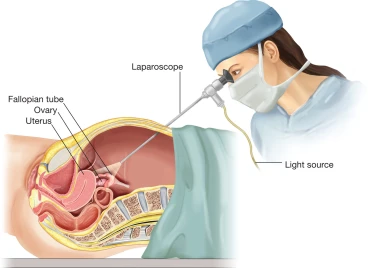
4. Appendicectomy
The Appendix is a long, narrow, tubular organ located in the lower abdomen on the right side just near the junction of small and large intestines. Appendicitis is inflammation of the appendix which is usually caused when it’s opening in the intestine is blocked by fecal matter or parasites. Initially, there is pain in the central abdomen associated with nausea, vomiting, and loss of appetite. Later on, the pain migrates to the right lower abdomen. There may be fever, diarrhea, urinary complaints, etc. in some cases. The treatment of a suspected case of acute appendicitis is emergency appendectomy i.e. surgical removal of the appendix. It may be done by open or laparoscopic surgery.
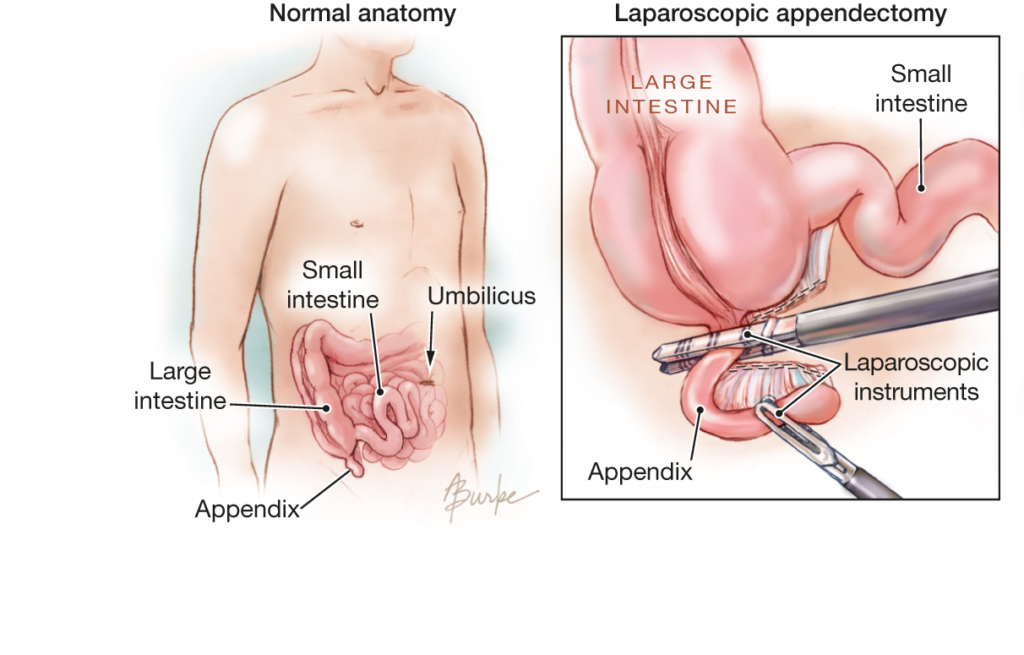
- Illustration of incision locations for a laparoscopic cholecystectomy
5. Laparoscopic Gynecological Surgery
There are various gynecological conditions for which laparoscopy can be useful. It can be used for treating fibroids, ovarian cysts, ectopic pregnancy, removal of the uterus, and various gynecological cancers. Laparoscopic surgery is performed by small incisions. As a result, there is less pain, lesser blood loss, and faster recovery which leads to a shorter hospital stay. Also, modern technology for imaging makes visualization better which improves dissection and the energy sources make the surgery bloodless.
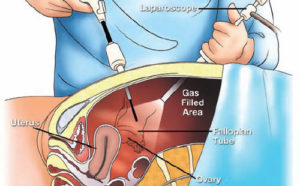
6. Hernia Repair
A hernia is basically a protrusion of fat or intra-abdominal organs through a weakness or defect in the layers of the abdominal wall. In males, it is commonly found in the groin region and known as an inguinal hernia while in females, it is seen in the abdominal area and is known as a ventral hernia. Sometimes, a hernia occurs after prior surgery which is called an incisional hernia. The treatment of all hernias is surgical repair which can be open or laparoscopic. Nowadays, laparoscopic repair is preferred in which a large mesh is placed within the abdomen which seals the defect and prevents the hernia from forming again.

For more Info, you can visit our site and get a free consultation about Laparoscopy Surgery –





